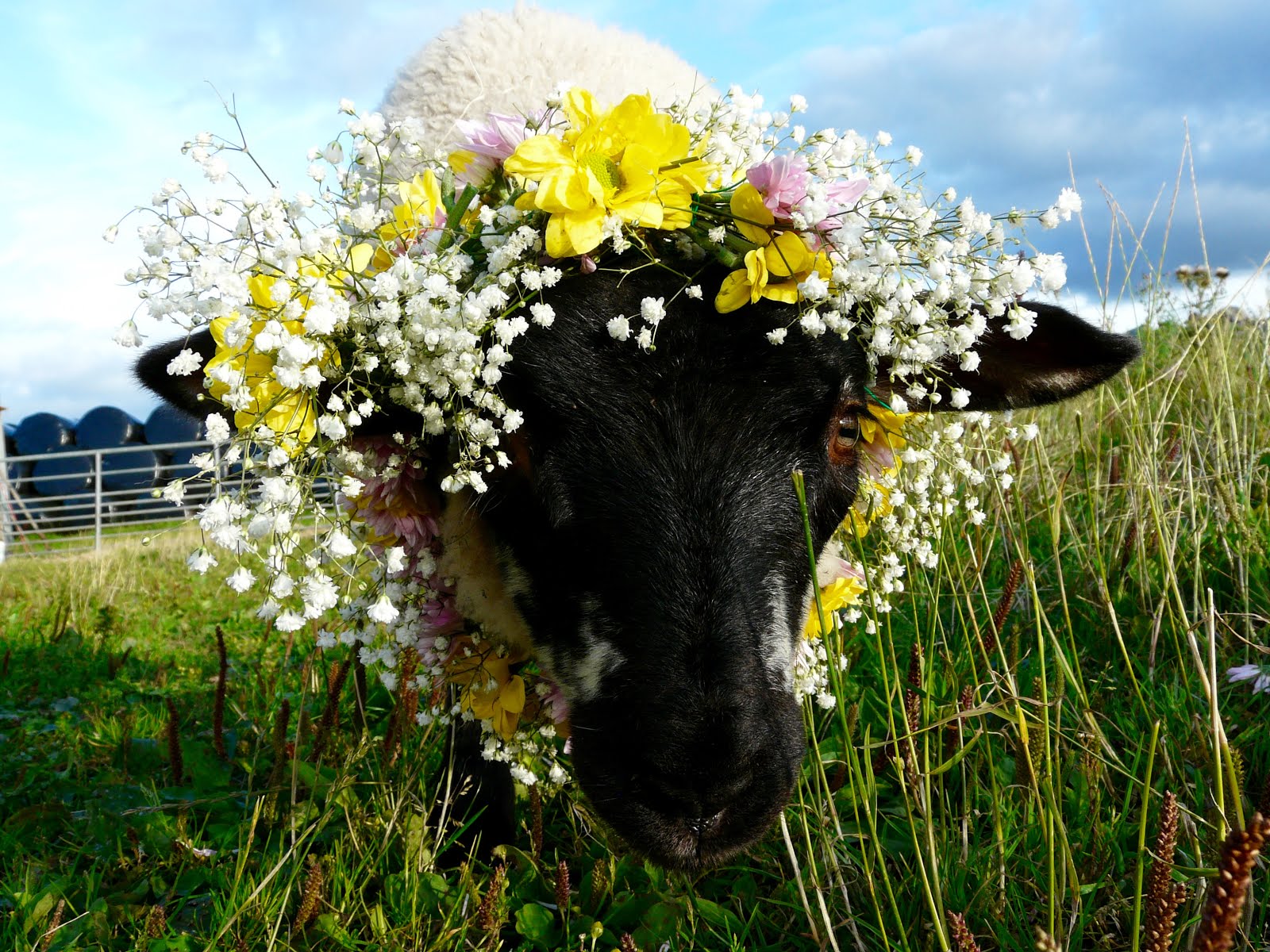The normal temperature of a lamb is 39-40 ° C 102-104 ° F . The main causes of hypothermia is exposure and starvation. Lambs suffering from starvation hypothermia will have a low blood glucose level.If this glucose level is not corrected before the lamb is warmed up it is likely that the lamb will die from a fit during warming up. It is more common for a lamb to die from hypothermia than disease. Lambs are usually born during the coldest months of the year.If the lamb cannot maintain the correct body temperature it can lead to death. Many of these deaths can be avoided by good farm management. A smaller lamb will chill faster than a larger lamb. Some lambs are born with thicker coats than others these seem to be able to ward of the cold more than the thinner coated lambs. The risk of hypothermia is also increased if a lamb is a twin or triplet or from an inexperienced sheep. The quicker a lamb is licked dry by the mother the less likely it is to get chilled. If a lamb
